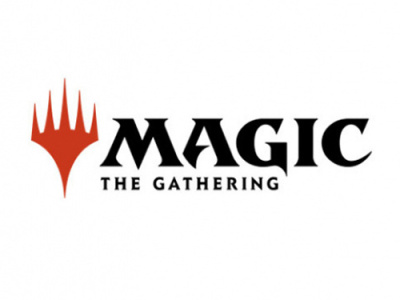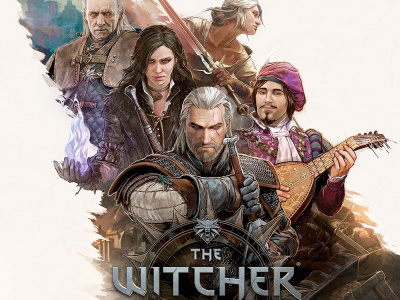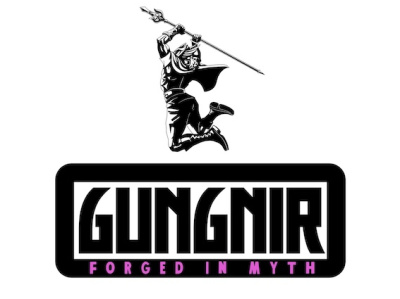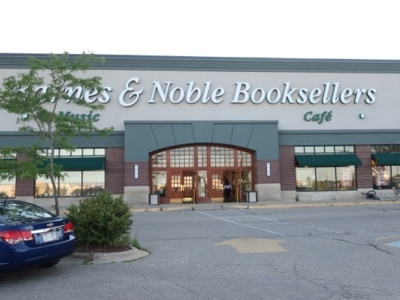
The Webcomics phenomenon is counterintuitive to many, because its proponents argue that by giving away content, the creators can actually make more money. Phil Foglio, co-writer (with Kaja Foglio) and artist of Girl Genius, are two such creators. Once a publisher of periodical comics, the Foglio’s Studio Foglio now puts up all of their new comic stories on the Web and sells books and other merchandise directly to consumers through the Website and through distribution, but publishes no comics in a periodical format. We recently talked to Foglio about how they made that transition, picking up 270,000 readers in the process, and how the economics worked for them.
Tell us how you came to publish Webcomics.
I started Girl Genius as a print comic; it came out quarterly.
When was that?
That was 2000. And we had a circulation of about 9,000, which for an independent color comic, is not bad, not bad. It certainly more than paid for itself, and made a nice profit. But I wasn’t able to get it out fast enough to really kick it over because we were doing everything ourselves.
So how frequently were you getting it out?
It was supposed to be quarterly, and we got it out about quarterly (laughs).
In 2005 there was a combination of things, one of which was a slight cash flow issue, one of which was we were trying to figure out how to expand our market. So we just stopped printing comics and just started putting it up online for free.
In what format; by the page?
Yes, one new page every Monday, Wednesday, and Friday, and we had a second part of the site where we were putting up the stuff that had already been published. So in essence we had two comics running in parallel, which we called 101 and Advanced. They advanced in lockstep every Monday, Wednesday and Friday.
That’s a pretty aggressive schedule creatively, isn’t it?
You know, you’d think so, but I’ll tell you it was a lot easier to meet an every other day schedule than it was to put out 30 some odd pages every three months. I don’t know if it was just thinking about it differently or shortening the deadline time. I figured it out once and I produce substantially more comic product per year this way, with a lot less effort. It’s a lot easier for me.
Was part of that because you were managing the print production yourself?
I was always doing that.
So you took that away and replaced that with creative work?
That’s true. And we figured we saved around $20,000 a year by not having to produce the individual comics. Production time… I’m not just talking about printing, but paying for our time and the time it took to format it. Because then we’d have to re-format the same material differently for graphic novel format, which was the final form.
We’ve been doing it for four years now, and at a very conservative estimate, I’ve got 270,000 readers. And that’s conservative because the way you figure out how many readers you have is you count IP addresses and so it doesn’t count computers, it counts the routers that service those computers. So if I, at home, click and read Girl Genius, that’s one reader. If everybody at Microsoft reads Girl Genius, that’s one reader.
Some computers also rotate IP addresses. Does that balance out the servers?
But that’s not even close. When I say I’ve got 270,000 readers, that’s so conservative, because we also put it out on RSS feeds,…
The full page on an RSS feed?
Yes.
Business-wise, things have never been better. Since we started giving it away for free, we started selling five times as many books.
Who does your graphic novel distribution to the trade?
So far, Diamond, but we also do some stuff through Harris, and through Big Kahuna (Dan Vado’s outfit).
Are you in the book trade?
Diamond gets us into the bookstores. They service Amazon, they do Borders, they do all that stuff.
What’s your latest graphic novel run?
The one we’ve got out is 7, 8 is solicited for May.
And how many of 7 did you print?
We printed 7,000 of them.
What was the price on that?
$40 retail for the hardcover. The softcover is $22. So we printed 7,000 in May of 2008 and I just did year-end inventory and I’ve got 3,000 of them left.
Combined between the formats?
That’s just the softcover. The hardcover sells out almost instantly. So a print run lasts me about two years. I’m sold out of 4, 5, and 6, and 1, which we’re almost out of again, that’s in it’s third printing. So I’m going to have to go back to a fourth printing on that.
So how many have you printed on those early volumes?
Our initial print runs for awhile were about 5,000 and when I go back to press I have to print 3,000 to get the right price break.
So you’re over 10,000, and after the next print run you’ll be over 15,000?
Easily.
And how many pages is that?
125.
125 at three pages per week, so that’s 40 weeks work?
Yes, technically we bring out one every ten or eleven months.
So some years one, some years two?
That’s right. It’s a good year when it’s two.







